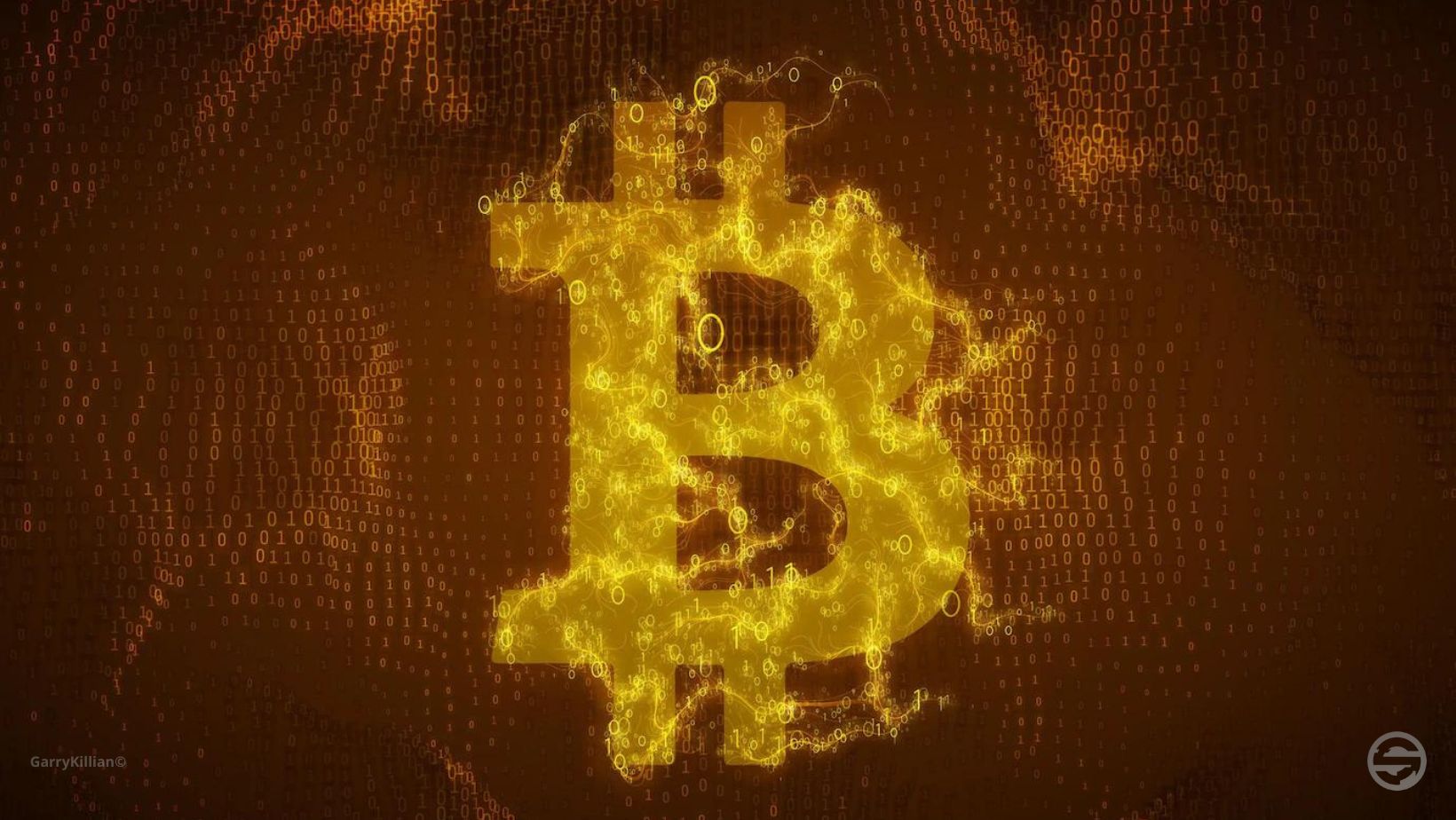
Table des matières
If bitcoin's reputation has increased along with its price due to the covid crisis and favorable monetary policy, today, inflation and the Russo-Ukrainian war have set things straight. Nevertheless, the growing interest in Satoshi Nakamoto's creation is forcing legislative actors worldwide to establish a regulatory framework around cryptocurrencies.
Recent Successes of Bitcoin
On December 16, 2020, bitcoin first exceeded the symbolic threshold of $20,000. Since then, many events have joined bitcoin's history.
Bitcoin is still not widely used as a means of payment among merchants worldwide, with the exception of El Salvador. The legislative assembly of El Salvador made bitcoin legal on June 9, 2021, due to the growing inflation of its local currency. Since then, Salvadorans have been able to make payments in bitcoin or pay their bills in bitcoin.
For many years, bitcoin and cryptocurrencies in general were the domain of speculators, traders and other investors. With the evolution of blockchain and the emergence of NFTs, the world of cryptocurrencies has expanded to include other players. The popularity of NFTs has led to the creation of NFT exchange platforms that generate impressive revenues. Major brands from different sectors have also formed partnerships with NFT companies.
In 2021, bitcoin has seen an improvement with the integration of the Taproot code when the latest version of Bitcoin Core was released. This new code increases the scalability of the Bitcoin blockchain and enables better network privacy.
On the first day of April 2022, 19 million bitcoins had been mined since the first Bitcoin transaction block in 2009. Limited to 21 million bitcoins, there are only 2 million bitcoins left to mine. The last bitcoin is expected to be mined in 2140.
Conclusion
As bitcoin continues its journey and goes through cycles, it continues to intrigue and evolve. Despite a difficult macroeconomic environment in 2022, the cryptocurrency ecosystem has shown resilience. Without imposing itself, bitcoin is increasingly being adopted.




 Blockchain, Bitcoin
Blockchain, Bitcoin 2022-10-05
2022-10-05
